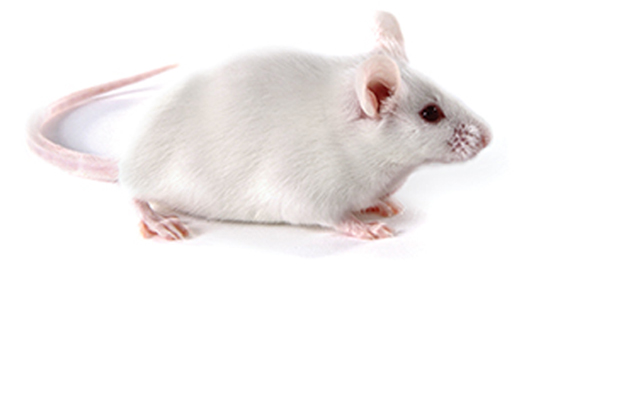
New Technique Helps Link Complex Mouse Behaviors to the Genes that Influence Them
Two novel genes were associated with methamphetamine sensitivity and anxiety-like behavior
By:
- Heather Buschman, PhD
Media Contact:
- Heather Buschman - hbuschman@ucsd.edu
- Scott LaFee - slafee@ucsd.edu
Published Date
By:
- Heather Buschman, PhD
Share This:
Article Content
Mice are one of the most commonly used laboratory organisms, widely used to study everything from autism to infectious diseases. Yet genomic studies in mice have lagged behind those in humans.
“Genome-wide association studies — matching genes to diseases and other traits — have been a big deal in human genetics for the past decade,” said Abraham Palmer, PhD, professor of psychiatry at University of California San Diego School of Medicine. “But progress hasn’t been so great in animal genetics. That’s because researchers have mostly been using crosses between inbred strains, making it impossible to pinpoint specific genomic regions or individual genes associated with a trait. In addition, we didn’t previously have good ways of genotyping animals in a cost-efficient way.”
Now, in a study published July 4 in Nature Genetics, Palmer’s team used 1,200 outbred mice, which are more similar to a natural population, to test a new cost-effective technique to search for specific genes linked with 66 different physical and behavioral traits.
“This is a system that could be used to discover genes associated with any complex trait a researcher is interested in, in any animal model,” Palmer said. “We can look at any trait and rapidly develop hypotheses about specific genes. It’s like genome-wide association studies in humans, but less expensive. And we can look at certain traits that we can’t in humans.”
Previously, only large regions of a chromosome could be associated with a particular mouse trait or behavior. Palmer’s method takes advantage of the superior mixing that is present in an outbred population to help drill down to specific genes using two steps: genotype-by-sequencing, which sequences about one percent of the mouse genome; and RNA sequencing, which identifies only genes turned “on” in a particular tissue, such as the brain.
With this approach, the researchers found numerous associations between genes and the traits they are associated with. For example, they report that the mouse gene Azi2 is associated with the effects methamphetamines have on body movements, and that mouse gene Zmynd11 is associated with anxiety-like behavior. The findings may be clinically relevant, as humans have analogous genes, Palmer said.
Next, the team will engineer mice that specifically lack these genes to determine if the associations are truly causal and to better understand the underlying mechanisms.
“This study has been extremely gratifying since this is the first time these two genes have been identified as playing roles in psychological conditions,” Palmer said. “And now we can think about targeting these genes or the proteins they encode with novel therapeutics.”
Study co-authors include: Clarissa C. Parker, University of Chicago and Middlebury College; Shyam Gopalakrishnan, Copenhagen University; Peter Carbonetto, AncestryDNA; Natalia M. Gonzales, Emily Leung, Yeonhee J. Park, Emmanuel Aryee, Joe Davis, University of Chicago; David A. Blizard, Pennsylvania State University; Cheryl L. Ackert-Bicknell, University of Rochester; Arimantas Lionikas, University of Aberdeen; and Jonathan K. Pritchard, Stanford University.
This research was funded, in part, by the National Institutes of Health (grants R01GM097737, T32DA07255, T32GM07197, R01AR056280, R01AR060234), Human Frontiers Science Program, and Howard Hughes Medical Institute.
Share This:
You May Also Like
Stay in the Know
Keep up with all the latest from UC San Diego. Subscribe to the newsletter today.



